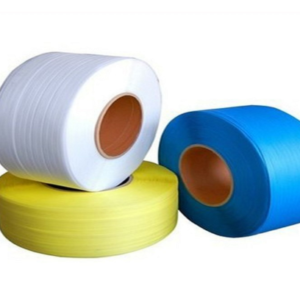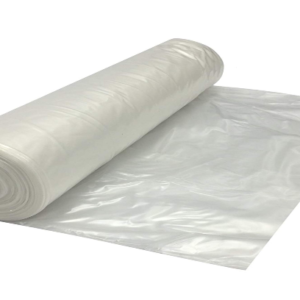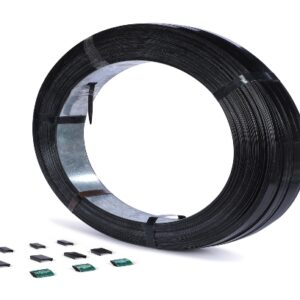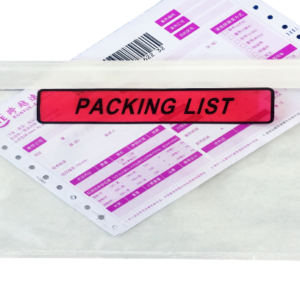Material handling equipment encompasses a broad range of tools and machinery designed to facilitate the efficient movement, storage, control, and protection of materials and products throughout manufacturing, warehousing, distribution, and logistics operations. These tools are critical for optimizing workflow, improving safety, and enhancing productivity in various industrial and commercial settings.
Key Features:
- Diverse Range: Material handling equipment includes various types of tools and machinery, such as forklifts, pallet jacks, conveyor systems, cranes, hoists, and storage solutions. Each type serves specific functions and applications.
- Efficiency: Designed to streamline material handling processes, these tools improve the speed and accuracy of moving, storing, and organizing materials, reducing manual labor and operational costs.
- Safety: Many material handling equipment options include safety features like load brakes, emergency stop buttons, and ergonomic designs to protect operators and reduce the risk of accidents and injuries.
- Durability: Built from robust materials such as steel and heavy-duty plastics, material handling equipment is designed to withstand the demands of industrial environments, handling heavy loads and enduring rigorous use.
- Customization: Equipment can often be customized to meet specific operational needs, including modifications in size, load capacity, and additional features such as specialized attachments or automation.
- Automation: Advanced material handling systems may incorporate automation technology, including robotics and automated guided vehicles (AGVs), to enhance efficiency and reduce human intervention.
Types of Material Handling Equipment:
- Forklifts: Powered industrial trucks used for lifting, stacking, and transporting palletized loads. Available in various types, including counterbalance, reach, and pallet jacks, for different applications.
- Pallet Jacks: Manual or powered tools for lifting and moving palletized goods. Commonly used in warehouses for short-distance transport and stacking.
- Conveyor Systems: Mechanical systems that move materials along a predefined path. Includes belt conveyors, roller conveyors, and chain conveyors, used for continuous and efficient material transport.
- Cranes and Hoists: Equipment used for lifting and moving heavy materials vertically. Includes overhead cranes, jib cranes, and electric hoists, essential for heavy lifting tasks.
- Storage Solutions: Racking systems, shelving units, and bins designed to organize and store materials effectively. Includes pallet racking, cantilever racks, and modular shelving.
- Automated Systems: Includes robotic arms, automated guided vehicles (AGVs), and sorting systems for high-efficiency, automated material handling in manufacturing and distribution.
Applications:
- Warehousing: Used for storing, organizing, and retrieving inventory efficiently. Includes equipment like pallet racks, conveyor systems, and forklifts.
- Manufacturing: Facilitates the movement of raw materials, components, and finished products within production lines. Equipment such as hoists, cranes, and automated systems are commonly used.
- Distribution and Logistics: Streamlines the sorting, packing, and shipping of goods. Includes conveyor systems, pallet jacks, and automated sorting equipment.
- Retail: Assists in managing stock and organizing products in retail environments. Includes shelving units, pallet jacks, and stock carts.
Benefits:
- Increased Productivity: Enhances efficiency in material handling processes, leading to faster operations and reduced labor costs.
- Improved Safety: Incorporates safety features to protect operators and reduce the risk of accidents and injuries.
- Enhanced Organization: Provides solutions for effective storage and retrieval, improving inventory management and space utilization.
- Customization and Flexibility: Offers a range of equipment options that can be tailored to specific needs and operational requirements.







Reviews
There are no reviews yet.